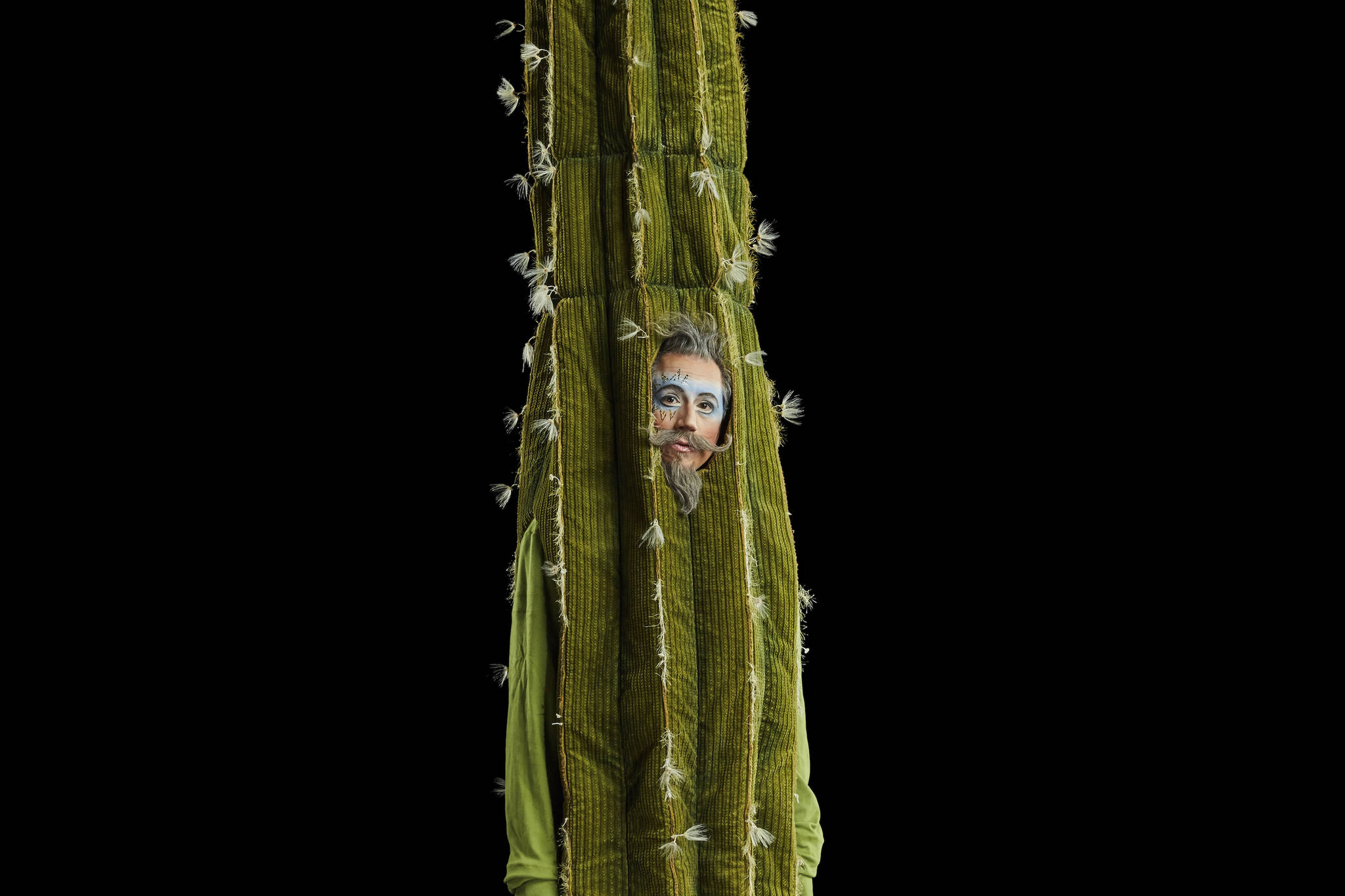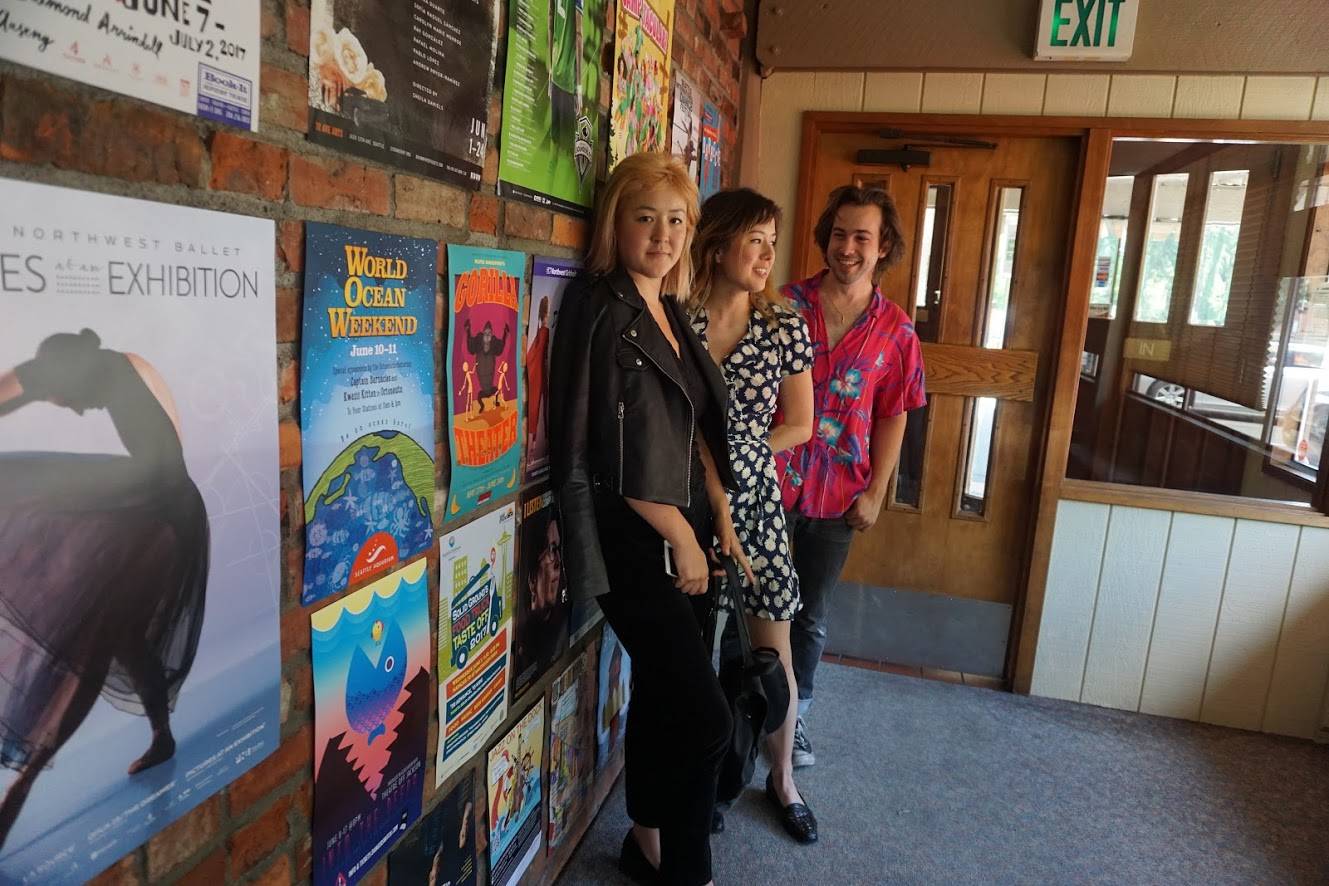Redmond is currently enjoying an extended run of Cirque du Soleil’s Luzia: A Waking Dream of Mexico. The show has received amazing reviews, as you would expect from the visually striking and gasp-inducing spectacle of people performing high-risk tricks. The reviews, from The Seattle Times to The Stranger, focus on its vibrant set design and intricate gymnastics. What they are missing, though, is the political turmoil at the heart of the show—not under the big top, but between Mexico’s government and native artists who oppose it.
Luzia’s spectacular costs money, which came largely from a $47.7 million grant from the Mexican government to Cirque du Soleil, to be spent over five years. Secretary of Tourism Enrique de la Madrid Cordero says the decision to spend that sizable sum was an attempt to bolster Mexico’s global image and promote its tourism industry as the show visits 450 different cities. “It’s going to be one of the most attractive spectacles based on our culture and music, but with the Cirque du Soleil seal,” Cordero said in a statement in May 2016. It was a striking investment, especially since Mexico’s National Fund for Culture and Arts (FONCA) has been dealing with declining funding, and at one point the possibility of being eliminated altogether.
Soon after the grant was announced, 40 Mexican artists signed a letter to president Enrique Peña Nieto stating, “We are astounded by the decision to waste $47.7 million, an amount far greater than what is invested annually in stimulants to the different disciplines of artistic creation in our country, particularly during a moment where there are new cuts to budgets.”
The questionable investment followed a series of controversies that have dogged the president, best known in the United States for the invitation he extended to then-candidate Donald Trump, to vociferous objection. Nieto also came under fire after 43 students from Ayotzinapa went missing under suspicious circumstances after federal police ambushed them as they headed to a demonstration. Three years later, they’ve yet to be found. The pump, then, was primed and the Luzia investment resulted in a cascade of negative criticism.
In an op-ed published in the newspaper Milenio, celebrated Mexican playwright Jaime Chabaud called it a “bad joke” to pay a Canadian company such a great amount to travel the world taking “our identity,” and labeled the production’s promo video “shit” compared to art made within Mexico itself. Nonetheless, the show goes on, and will until 2023 when Luzia makes its final stop, in Mexico.
Arriving at Marymoor Park on opening night of Luzia, I am welcomed into the big top by two white actors dressed in traditional Day of the Dead garb. One is a woman dressed as “La Catrina,” a character created by Mexican artist José Guadalupe Posada. Death dressed as a flapper, she symbolizes the eventual death of Mexican culture due to Westernization. Here she is played by a blonde speaking with an English accent—an irony that seemed lost on her. Inside, two white musicians dressed in traditional mariachi attire and sombreros sit behind two actors entertaining the predominantly white onlookers by dancing some form of salsa or tango.
After I take a seat, an announcer introduces the performance in what sounds like a terrible, forced Mexican accent—the kind you would expect to hear on an episode of Family Guy. The show begins, and follows a clown that ambiguously drops into a fantasy Mexico, where instead of high rates of political corruption and violent narco-trafficking crimes, he finds colorful animals, friendly hummingbirds, cacti, and some human characters too. The fantasy doesn’t end there—all of the characters’ dialogue sounds like mumbled Spanish, and is entirely untranslatable to this native Spanish speaker’s ear. At the center of the dreamlike narrative is water, which is splashed about throughout. Given that at least five million people live without access to clean water in Mexico, it’s all a little gratuitous.
The show itself is amazing to watch, so amazing it almost distracted me from its underlying truth: In a show that celebrates Mexican culture, not many Mexicans are involved. The show was created and directed by two Canadian-French women and a Swiss man. Of the 45 performers cast, only five are of Mexican descent.
So do the residents of Redmond and beyond get Mexican taxpayers’ money’s worth from Luzia? They certainly do get a dream of Mexico.
Luzia: A Waking Dream of Mexico, Marymoor Park, 6046 W. Lake Sammamish Pkwy. N.E., Redmond, cirquedusoleil.com/luzia. Price varies. All ages. Ends Sun., May 21.
stage@seattleweekly.com








